The Pacific Marine Environmental Laboratory's ERDDAP data server for public access to scientific data

NOAA OAR PMEL
 |
Easy Access to PMEL Scientific Data
The Pacific Marine Environmental Laboratory's ERDDAP data server for public access to scientific data |

NOAA OAR PMEL |

| Dataset Title: | Saildrone SD1021 ADCP


|
| Institution: | NOAA/PMEL (Dataset ID: sd1021_adcp_arctic_2018) |
| Range: | longitude = -169.1138 to -158.38324°E, latitude = 53.844406 to 72.99612°N, depth = 6.0 to 104.0m, time = 2018-06-30T19:59:58Z to 2018-10-06T23:29:58Z |
| Information: | Summary  | License
| License  | FGDC
| ISO 19115
| Metadata
| Background
| FGDC
| ISO 19115
| Metadata
| Background | Data Access Form
| Data Access Form
|
Click on the map to specify a new center point.

Zoom:
![[The graph you specified. Please be patient.]](https://data.pmel.noaa.gov/pmel/erddap/tabledap/sd1021_adcp_arctic_2018.png?longitude,latitude,U&time%3E=2018-09-30T00%3A00%3A00Z&time%3C=2018-10-07T00%3A00%3A00Z&.draw=markers&.marker=5%7C5&.color=0x000000&.colorBar=%7C%7C%7C%7C%7C&.bgColor=0xffccccff)
|
Attributes {
s {
depth {
String _CoordinateAxisType "Height";
String _CoordinateZisPositive "down";
Float64 actual_range 6.0, 104.0;
String axis "Z";
Float64 colorBarMaximum 8000.0;
Float64 colorBarMinimum -8000.0;
String colorBarPalette "TopographyDepth";
String ioos_category "Location";
String long_name "depth of each measurement";
String point_spacing "even";
String positive "down";
String source_name "DEPTH_ADCP";
String standard_name "depth";
String units "m";
}
time {
String _CoordinateAxisType "Time";
Float64 actual_range 1.530388798e+9, 1.538868598e+9;
String axis "T";
String calendar "GREGORIAN";
String ioos_category "Time";
String long_name "Time";
String point_spacing "even";
String standard_name "time";
String time_origin "01-JAN-1970 00:00:00";
String units "seconds since 1970-01-01T00:00:00Z";
}
U {
Float64 _FillValue -1.0e+34;
Float64 actual_range -84.900286421769, 104.609306762946;
Float64 colorBarMaximum 0.5;
Float64 colorBarMinimum -0.5;
String history "From sd1021adcp";
String long_name "uadcp";
Float64 missing_value -1.0e+34;
String standard_name "eastward_sea_water_velocity";
String units "cm s-1";
}
V {
Float64 _FillValue -1.0e+34;
Float64 actual_range -156.793553049975, 121.400001525879;
Float64 colorBarMaximum 0.5;
Float64 colorBarMinimum -0.5;
String history "From sd1021adcp";
String long_name "vadcp";
Float64 missing_value -1.0e+34;
String standard_name "northward_sea_water_velocity";
String units "cm s-1";
}
longitude {
String _CoordinateAxisType "Lon";
Float64 _FillValue -1.0e+34;
Float64 actual_range -169.113803204734, -158.383245380436;
String axis "X";
Float64 colorBarMaximum 180.0;
Float64 colorBarMinimum -180.0;
String history "From sd1021adcp";
String ioos_category "Location";
String long_name "Longitude";
Float64 missing_value -1.0e+34;
String standard_name "longitude";
String units "degrees_east";
}
latitude {
String _CoordinateAxisType "Lat";
Float64 _FillValue -1.0e+34;
Float64 actual_range 53.8444061111659, 72.9961165656452;
String axis "Y";
Float64 colorBarMaximum 90.0;
Float64 colorBarMinimum -90.0;
String history "From sd1021adcp";
String ioos_category "Location";
String long_name "Latitude";
Float64 missing_value -1.0e+34;
String standard_name "latitude";
String units "degrees_north";
}
}
NC_GLOBAL {
String cdm_data_type "Point";
String Conventions "CF-1.6, COARDS, ACDD-1.3";
String drone_id "1021";
Float64 Easternmost_Easting -158.383245380436;
String featureType "Point";
Float64 geospatial_lat_max 72.9961165656452;
Float64 geospatial_lat_min 53.8444061111659;
String geospatial_lat_units "degrees_north";
Float64 geospatial_lon_max -158.383245380436;
Float64 geospatial_lon_min -169.113803204734;
String geospatial_lon_units "degrees_east";
Float64 geospatial_vertical_max 104.0;
Float64 geospatial_vertical_min 6.0;
String geospatial_vertical_positive "down";
String geospatial_vertical_units "m";
String history
"Saildrone
2025-07-16T07:48:18Z (local files)
2025-07-16T07:48:18Z https://data.pmel.noaa.gov/pmel/tabledap/sd1021_adcp_arctic_2018.das";
String infoUrl "www.pmel.noaa.gov";
String institution "NOAA/PMEL";
String keywords "acoustic, adcp, circulation, current, currents, data, depth, doppler, earth, Earth Science > Oceans > Ocean Circulation > Ocean Currents, eastward, eastward_sea_water_velocity, environmental, laboratory, latitude, longitude, marine, noaa, northward, northward_sea_water_velocity, ocean, oceans, pacific, pmel, profiler, saildrone, science, sd1021, sea, seawater, time, uadcp, vadcp, velocity, water";
String keywords_vocabulary "GCMD Science Keywords";
String license "These data were produced by NOAA and are not subject to copyright protection in the United States. NOAA waives any potential copyright and related rights in these data worldwide through the Creative Commons Zero 1.0 Universal Public Domain Dedication (CC0-1.0).";
Float64 Northernmost_Northing 72.9961165656452;
String platform "Saildrone";
String principal_investigator "Dr. Jessica Cross; Dr. Dongxiao Zhang";
String principal_investigator_email "jessica.cross@noaa.gov; dongxiao.zhang@noaa.gov";
String principal_investigator_institution "NOAA PMEL and CICOES/University of Washington";
String project "arctic_2018";
String QC_indicator "Level 1";
String qc_manual "QC Performed: motion corrected";
String source "Saildrone";
String sourceUrl "(local files)";
Float64 Southernmost_Northing 53.8444061111659;
String standard_name_vocabulary "CF Standard Name Table v70";
String summary "Acoustic Doppler Current Profiler (ADCP) currents measured by SD1021 during the Pacific Marine Environmental Laboratory (PMEL) Arctic 2018 Saildrone Mission";
String time_coverage_end "2018-10-06T23:29:58Z";
String time_coverage_start "2018-06-30T19:59:58Z";
String title "Saildrone SD1021 ADCP";
Float64 Westernmost_Easting -169.113803204734;
}
}
 Data Access Protocol (DAP)
Data Access Protocol (DAP) and its
selection constraints
and its
selection constraints .
.
The URL specifies what you want: the dataset, a description of the graph or the subset of the data, and the file type for the response.
Tabledap request URLs must be in the form
https://coastwatch.pfeg.noaa.gov/erddap/tabledap/datasetID.fileType{?query}
For example,
https://coastwatch.pfeg.noaa.gov/erddap/tabledap/pmelTaoDySst.htmlTable?longitude,latitude,time,station,wmo_platform_code,T_25&time>=2015-05-23T12:00:00Z&time<=2015-05-31T12:00:00Z
Thus, the query is often a comma-separated list of desired variable names,
followed by a collection of
constraints (e.g., variable<value),
each preceded by '&' (which is interpreted as "AND").
For details, see the tabledap Documentation.